Date: 10 May, 2018
Yeah, I know. I’m late to get started on this trip series. Let’s just say 2018 was busy work-wise… and this blogger was a bit lazy, “personal-wise”. This journey didn’t begin in Cambodia. It began in Chiang Mai (Thailand) where I met up with my girlfriend, who was attending a work conference there. After spending a few days showing her the sights in my favourite city in Thailand, attending a Thai cooking class, doing the Golden Triangle tour (my second time), we went to Bangkok and then took an Air Asia flight from Don Mueang airport early in the morning.

Our flight to Phnom Penh was an Air Asia flight. We checked in using the self-service machines and managed to check-in our bags slightly quicker than those who hadn’t checked-in online.
Tip: This is my first time flying out of Don Mueang airport and didn’t know it would be this crowded this early in the morning. So best to check-in on online before arriving at the airport.
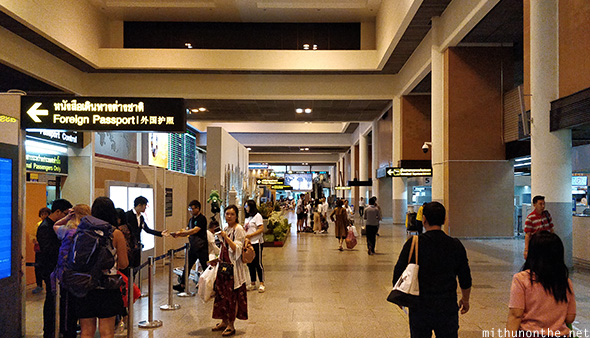

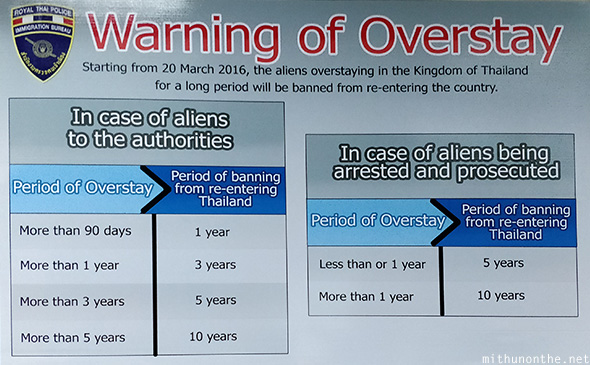
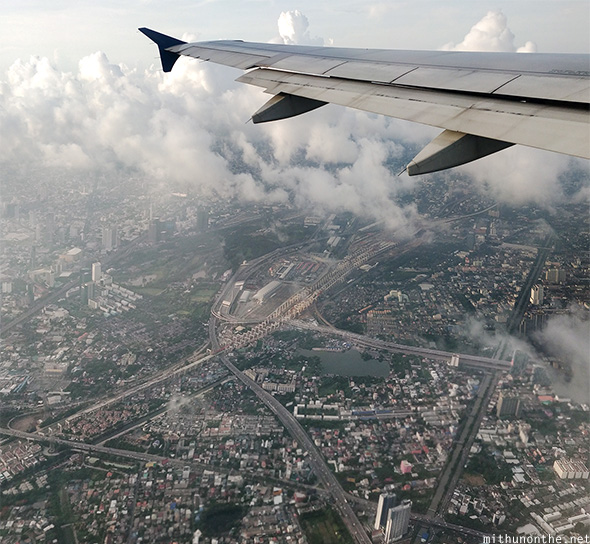
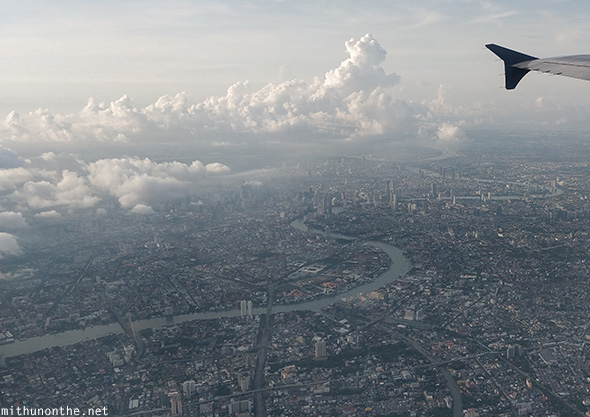

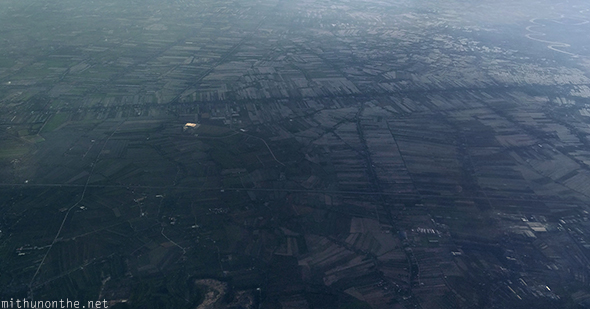
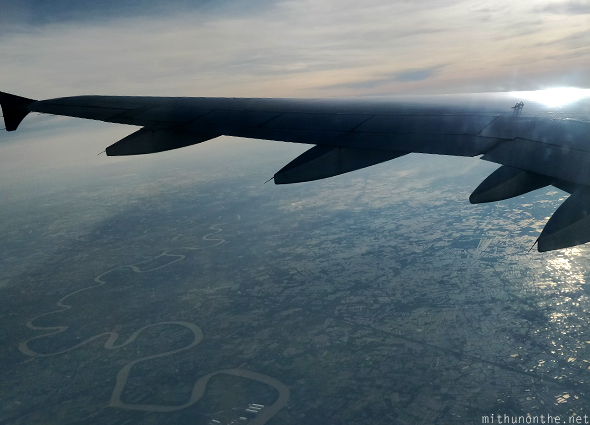

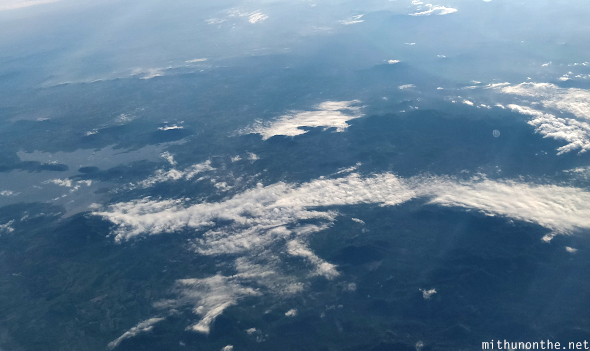
Cambodia (along with Vietnam) are the two countries in South East Asia I still look forward to visiting. Nothing against Indonesia and Laos — I will scratch those two off my list one day — but I wanted to visit to Cambodia foremost to see Angkor Wat. Knowing the largest Hindu temple complex in the world is not in India always fascinated me.


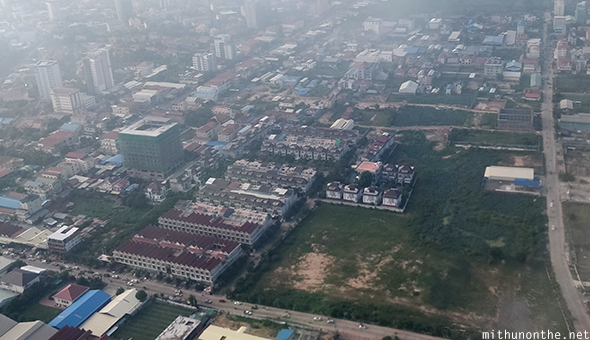
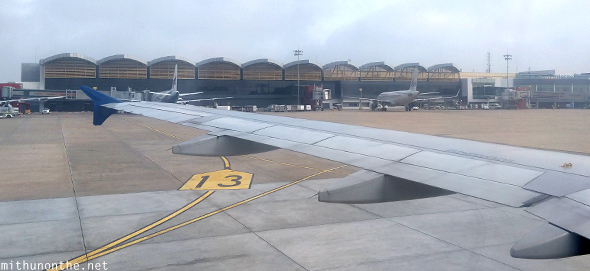
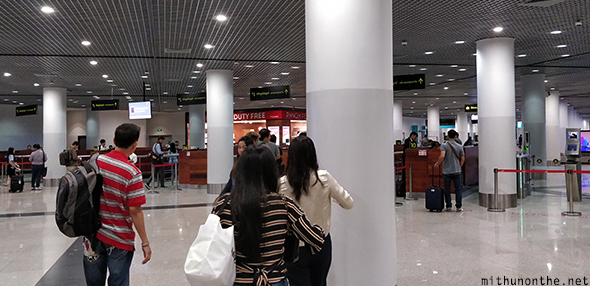
This is the website for Cambodia e-visa. It costs $36 for a single entry tourist visa. I applied online and got the visa approved overnight. You just need to print and carry two copies of the visa with you.
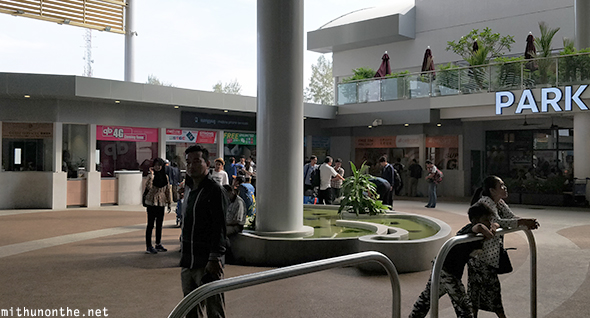
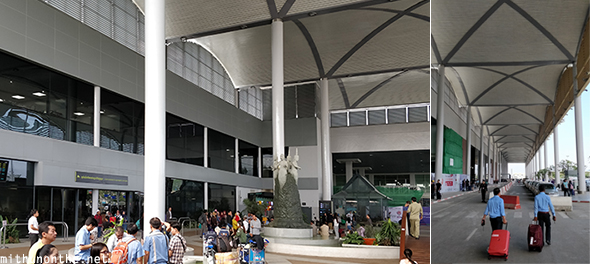
If you are wondering about the use of dollars, in Cambodia, the US dollar is a legally accepted currency and widely the preferred choice in the tourism sector here. The Cambodian Riel is the national currency but it has a very low value. Around 4000 KHR is 1 USD (₹70). You can pay in Cambodian Riel too but when the amounts gets larger, trying to calculate how many thousands you have to take out of your wallet… it gets confusing and you just end up paying in US dollars. The acceptance of US dollars is also a way for Cambodia to pump up its forex reserves.

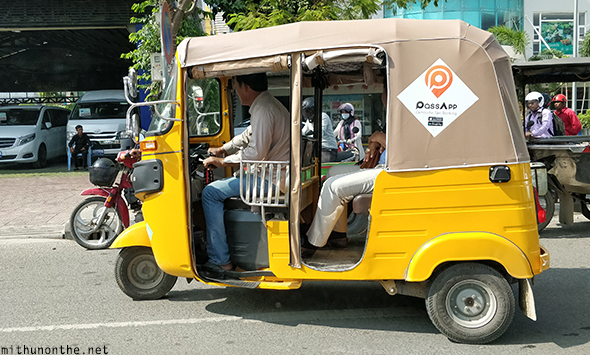
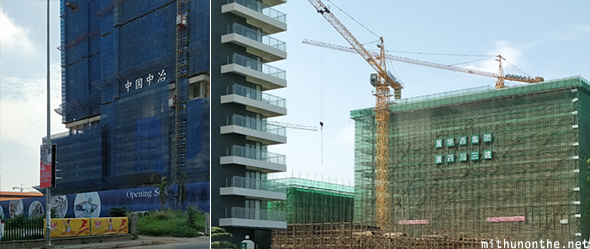
Since this trip ended and I returned to India, I’ve been doing my research on Chinese investments in Cambodia (and across South East Asia) and China’s growing influence in the region. But I will get into the details about China’s investments in Cambodia later. I had a meaningful chat with a young Cambodian college graduate on one of our later tours who gave me a good insight into what the locals think about the growing Chinese presence in Cambodia and how much they despise their politicians for basically selling their country to the emerging super power. For example, the Cambodian government leased 20% of Cambodia’s coastline to a Chinese consortium for 99 years and sold it for just $30 per hectare, despite protests from locals. And those new high-rise apartments (pictured above) aren’t mainly for Cambodian buyers.
Cambodia’s politicians are very open to asking for and accepting ‘gifts’ from China while the nation (among the poorest in Asia) still needs to figure out a way to pay back China’s debt (which is nearing $5 billion). What’s happening to Cambodia’s is a very interesting one (especially if you have been following China’s massive Belt & Road project and their “debt trap” strategy… using which China took over Sri Lanka’s Hambantota Port for 99 years).
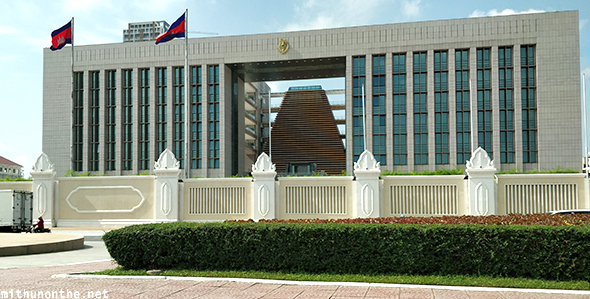
Not that China is the only country that has played around with Cambodia for their selfish interests. I was interested in visiting Cambodia because this is one South East Asian country (other being Vietnam) with a sad past of colonialism and post-colonial horrors. A past in which France, United States, Soviet Union, Vietnam, China — all played a part one way or another at different points of time in the last century. Worse so by the good ol’ “we-love-to-bomb-countries” USA.
NOTE: The above video’s title is a bit-misleading. The US didn’t install Pol Pot, the Khmer Rouge dictator that massacred millions, but the massive bombing of Cambodia by the US during the Vietnam war changed the circumstances in Khmer Rouge’s favour, which is what helped them take power in Cambodia. I’m not going to go into the details of the Khmer Rouge, you have Wikipedia and countless other sources for that.
But more on Cambodia’s past in the next two posts. It’s what most visitors to Phnom Penh come to see and how we began our sight-seeing in this country — the infamous “Killing fields” and the S-21 detention center — where thousands were tortured and brutally killed by the Khmer Rouge.

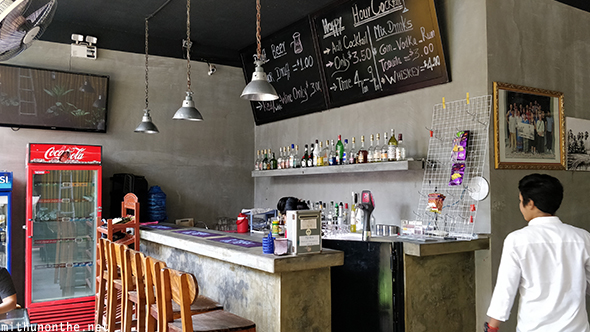
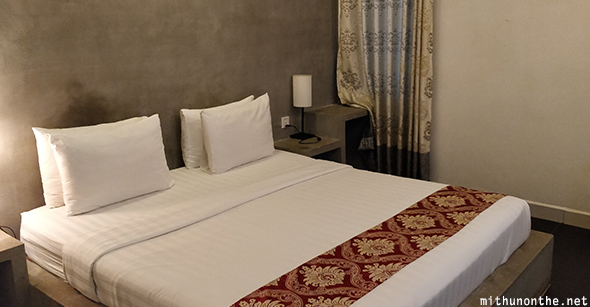
I was just glad to have checked in. I was so sleepy because I barely slept the night prior. We both were but due to my over-sleeping, we missed lunch. By the time I woke up and we stepped out again… it was already evening :/
We had an early dinner and then walked around to see the Mekong River Promenade and the Phnom Penh Night Market but I’ll make that the next post. Thus begins my Cambodia series — the 10th country I have visited (12th if you count Hong Kong & Macau as separate nations).
NOTE: All the above photos were taken using my phone camera (OnePlus 5)
Next post in this series:
Cambodia: Sisowath Quay, Phnom Penh Night market
Cambodia: Choeung Ek genocidal center — the infamous “Killing Fields”
Cambodia: S21, the Tuol Sleng Genocide Museum
Cambodia: Phnom Penh Central Market and Wat Phnom
Cambodia: Mekong River Sunrise Cruise… and an insight into Chinese investment in the region
Cambodia: Royal Palace and Silver Pagoda in Phnom Penh
Cambodia: Phnom Penh to Siem Reap by bus
Cambodia: Bayon temple – the one famous for stone faces

